Early Intervention in Reading Level 2 Materials
Early on Interventions in Reading 2012, SRA
Grade Levels: G-three
Solid research is at the heart of SRA Early Interventions in Reading. Designed to work comfortably with your core reading plan, this early intervention program provides the significant increase in the intensity of instruction that low-level readers need to meet form-level expectations. SRA Early Interventions in Reading helps yous identify struggling readers in Grades 1-3 and provide them with lessons that build mastery of essential skills through explicit, systematic education in five disquisitional strands—phonemic awareness, alphabetic character-audio correspondences, give-and-take recognition and spelling, fluency, and comprehension.
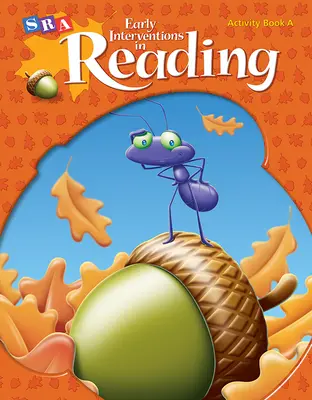
Near the Programme
SRA Early Interventions in Reading identifies at-risk children in Grades 1-three and provides the critical content and clear educational activity needed to transform a struggling reader into a skilled reader. Through daily, explicit, and systematic didactics, the program addresses the needs of children who are not making adequate progress in their core reading program. Each integrated lesson works to build student mastery of essential skills through activities aligned along five central content strands: Phonemic Awareness, Letter-Sound Correspondences,Word Recognition and Spelling, Fluency, and Comprehension Strategies.
The program uses prescribed lesson plans to assistance you deliver explicit didactics which will help students in the integrated and fluent use of alphabetic knowledge and comprehension strategies. The curriculum presents small-grouping instruction that prevents reading failure by providing:
- Explicit education in phonics, with an accent on fluency
- A carefully constructed scope and sequence which prevents possible confusions
- Systematic cueing of appropriate strategies to help children learn to utilise new skills
- Suitable levels of scaffolding to promote independence
- On-going assessment so yous tin evaluate progress and make decisions virtually instructional needs
Results from federally-funded inquiry studies using the program materials confirm that, after participating in SRA Early Interventions in Reading for 1 year, over ninety-ix percent of students at risk of reading failure at the offset of the academic yr were no longer at gamble of failing in reading.
- The combination of quality classroom instruction and systematic intervention positively effected reading skills of at-risk students
- Significant growth on measures of word attack, discussion identification, passage comprehension, and oral reading fluency were achieved.
- SRA Early Interventions in Reading closed the gap between boilerplate performers and struggling readers
- There was an overall positive impact on participating students
Components:
Teacher Materials
- Staff Development Guide and Teaching Tutor CD-ROM provide a comprehensive understanding of the components and techniques used to teach SRA Early on Interventions in Reading, an overview of the 5 content strands, and explicit instructions for educational activity the program materials.
- Instructor's Editions (A, B, and C) nowadays carefully sequenced instructor-directed instruction designed to assist students in mastering the integrated skills introduced in the program. Each lesson consists of multiple strands and the skills used to teach those strands. The objectives box on the first page of each lesson lists the strands and objectives for each action in the lesson.
- Screening, Placement and Assessment Guide include materials for evaluating and monitoring educatee operation in the program materials.
- Letter of the alphabet-Sound Cards offering catchy jingles to help students learn letter names and letter of the alphabet-audio correspondences.
- Tricky Word Cards present words that are considered catchy because not all the alphabetic character-audio correspondences in a discussion accept been introduced to the students at the signal the word is first used.
- Maxwell (Level 1), a hand puppet in the form of a friendly puppy, makes learning phonemic awareness and letter of the alphabet-sounds fun.
- Reply Cardinal for Action Books (A, B, and C) provide annotated versions of the student activity pages.
Student Materials
- Collection of Private Story-Time Readers (Level 1) give yous 60 engaging decodable books that students read to build fluency and comprehension. Each story provides students with opportunities to read text that is familiar, predictable, and decodable. Readers are also available as blackline masters.
- Claiming Stories (Level 1) are decodable stories in a takehome format to provide additional opportunities for students to utilise decoding skills taught throughout the program.
- Activity Books (A, B, and C) provide skills development and related practice for every lesson.
- Student Edition (Level 2) presents short fiction and nonfiction selections to help students acquire comprehension strategies and content-rich vocabulary.
- Chapter Books (Level ii) provide high-interest text to develop concepts and related vocabulary that students will encounter in science and social studies (xiii books total).
Plan Components
Narrow by
Clear All Filters
![]()
Additional Details & Resource
Research & Success
Research Base
- The Effects of Theoretically Different Instruction and Student Characteristics on the Skills of Struggling Readers
This study investigated the effectiveness of combining enhanced classroom instruction and intense supplemental intervention for struggling readers in first grade. Further, it compared two supplemental interventions derived from singled-out theoretical orientations, examining them in terms of effects on academic outcomes and whether children's characteristics were differentially related to an instructional intervention. - The Case for Early Intervention in Reading
This report shows that the latest research points to a critical truth: Early intervention in the primary grades can prevent reading bug for about children and significantly reduce reading disabilities. Early on intervention allows students to go help before reading problems become entrenched and complicated by self-concept issues.
Other Scientific Enquiry
- WWC Constructive Literacy and English Language Instruction for English Learners in the Uncomplicated Grades (Includes Reading Mastery and Early Interventions in Reading)
The What Works Clearinghouse written report provides "strong" levels of bear witness with recommendations for formative assessments, providing intensive small-group reading interventions, providing extensive and varied vocabulary instruction, and scheduling regular peer-assisted learning opportunities. - Effectiveness of Spanish Intervention for Get-go-Course English Language Learners at Risk for Reading Difficulties
Original Lectura Proativa (Intervenciones temparnas de la lectura) study that shows students who participated in the intervention made significant gains over time in the critical elements of reading, including phonemic awareness, word assail, fluency, passage comprehension, and oral language skills. Instruction and intervention were conducted in Spanish, essentially creating a parallel to the sizable extant intervention literature with English monolingual students. - Summary of Inquiry for Early Interventions in Reading
This summary includes information on studies in Tallahassee, FL and Houston and Brownsville, TX. - Teaching English Language Learners At Gamble for Reading Disabilities to Read: Putting Research Into Practice
The interventions described may exist useful to educators seeking information about Response to Intervention as a ways of identifying ELLs who require services for learning disabilities. - Teaching Struggling Readers Who Are Native Castilian Speakers: What Do Nosotros Know?
This piece of work demonstrates that the language of education must be considered in designing interventions for native Spanish-speaking ELLs who are struggling readers. This precludes whatever approach that provides translation every bit a means of accessing didactics from English to Castilian, at least to teach foundational reading skills. As well, our studies demonstrate that native Spanish-speaking children respond positively to working with adults who scaffold education, taking into consideration the child'due south culture. - Apply of Evidence-Based, Small-Grouping Reading Instruction for English Linguistic communication Learners in Elementary Grades
Findings suggest that secondary-level reading interventions were highly effective for teaching early literacy skills to commencement- and second-grade ELL students. A large per centum of the students in the sample responded to intervention, suggesting the benefits of secondary level, small-group reading teaching as a critical early intervention for ELL students at adventure for reading failure.
Source: https://www.mheducation.com/prek-12/program/early-interventions-reading-2012-sra/MKTSP-UTU01M0.html
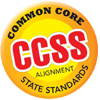
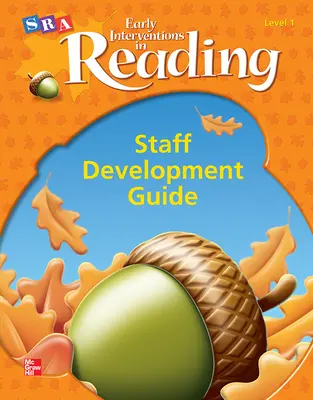
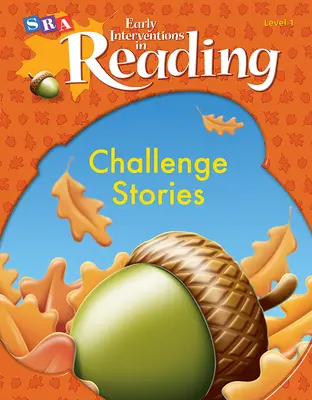
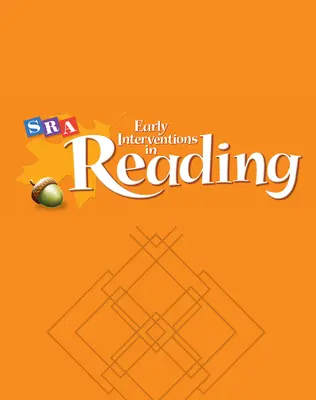
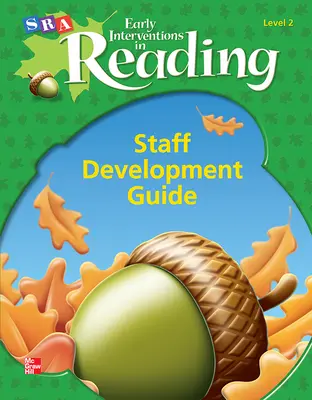
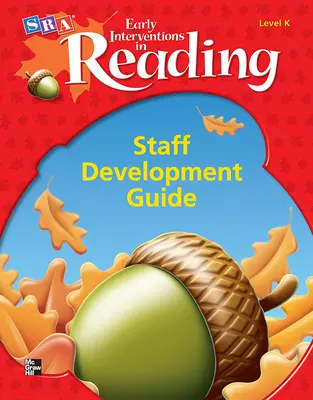
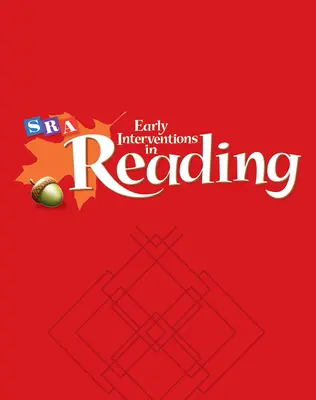

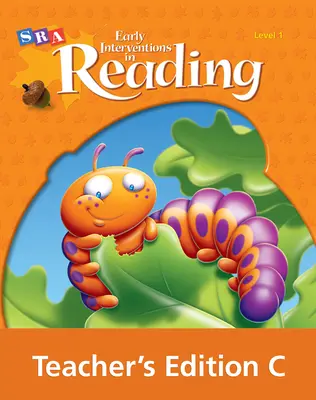
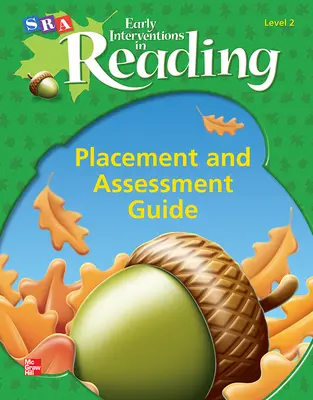
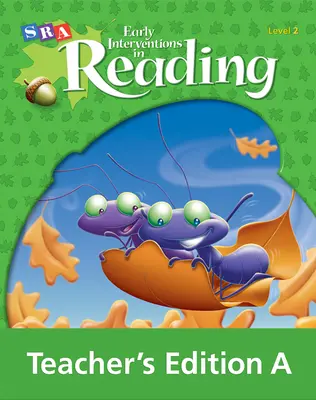
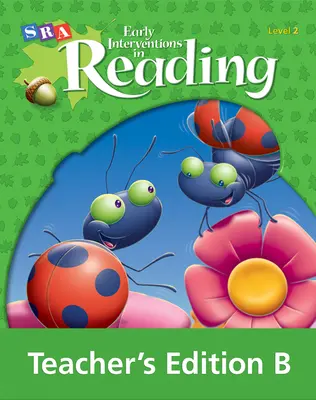
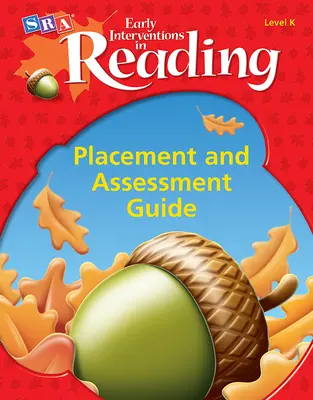
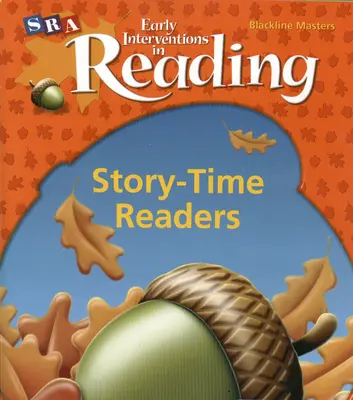
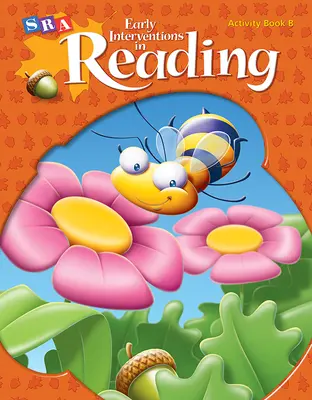
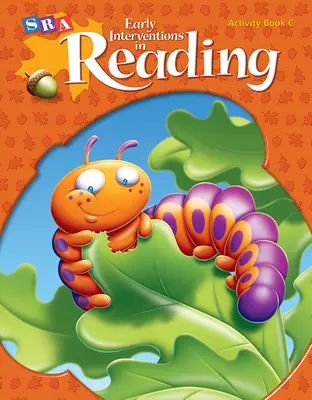
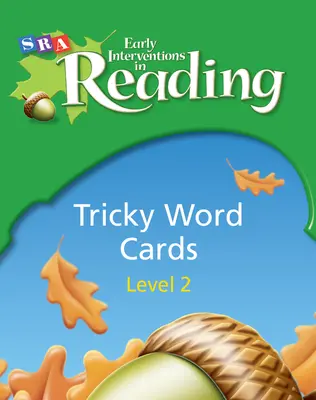
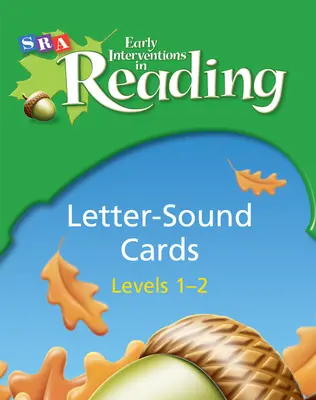
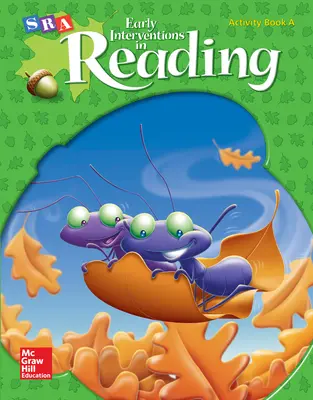
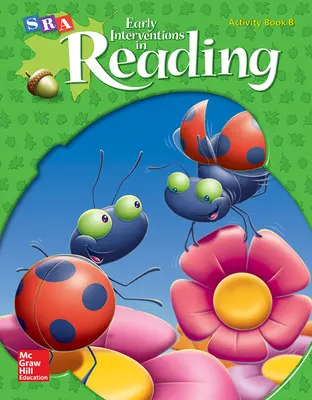
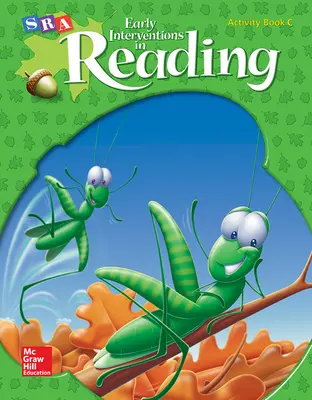
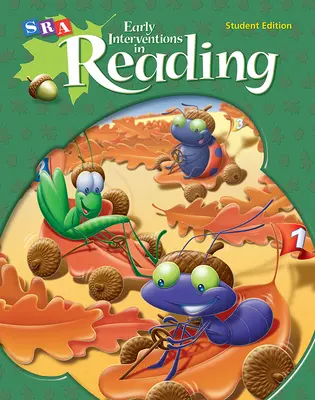
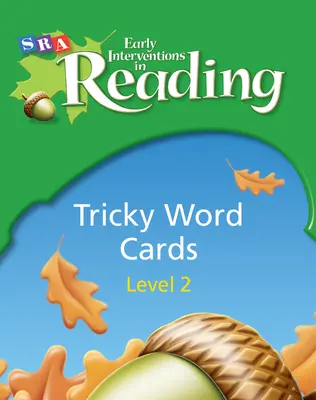

Post a Comment for "Early Intervention in Reading Level 2 Materials"